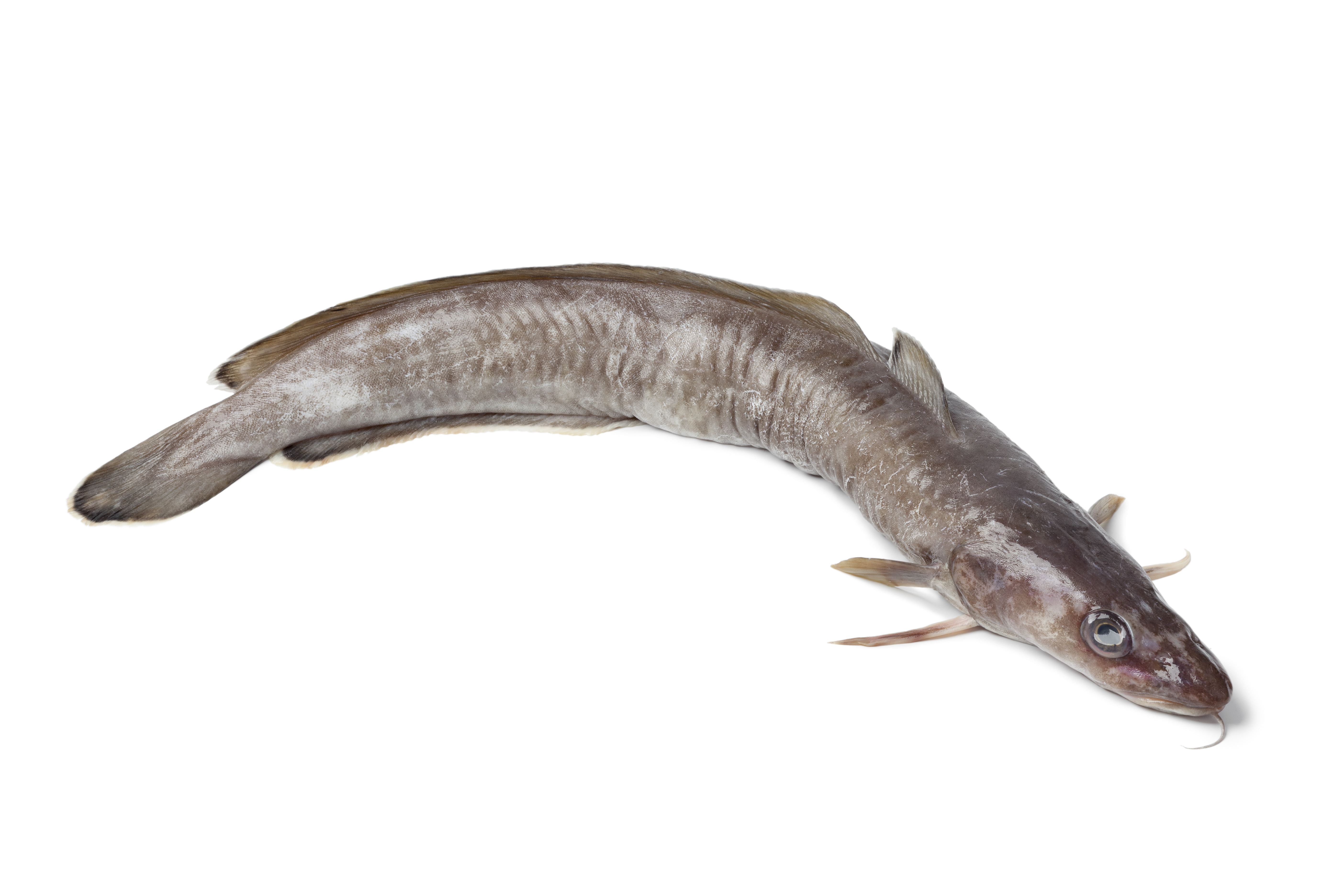Common ling
(Molva molva)

Description
The common ling (Molva molva), also known as the white ling or simply the ling, is a large member of the family Lotidae, a group of cod-like fishes. It resembles the related rocklings, but it is much larger and has a single barbel. This species is unrelated to the pink ling, Genypterus blacodes, from the Southern Hemisphere. The common ling is found in the northern Atlantic, mainly off Europe, and into the Mediterranean Basin. It is an important quarry species for fisheries, especially in the northeastern Atlantic, although some doubts exist as the sustainability of the fisheries. As an edible species, it is eaten fresh, frozen, or dried, but also preserved in lye, while the roe is a delicacy in Spain. The common ling is the longest and one of the largest of the cod-like fish, the Gadiformes, which can reach lengths of 200 cm and weights of 30 kg. It is long and slender with a small head and small eyes and a large mouth, which has large teeth, with the upper jaw projecting beyond the lower jaw, which bears an obvious sensory barbel. Of the two dorsal fins, the anterior dorsal fin is short, having 14-15 fin rays, with a rounded profile, while the posterior dorsal fin is much longer with 61-68 fin rays and is uniform in height and is similar in length to the anal fin. The anal fin is also elongated and has 58-64 fin rays. The vertebral count of this species is between 63 and 65 vertebrae. The caudal peduncle and the pelvic fins are short, with the pelvic fin not reaching past the pectoral fins. The dorsum is a marbled greenish-brown, sometimes reddish-brown on the most upper part, lightening on the flanks and underside. A distinct white edge is seen on the anal and dorsal fins and they have a dark spot at their posterior end. However, the spot on the anterior dorsal fin is more conspicuous than that on the posterior dorsal fin. The juvenile fish tend to be lighter in colour than adults and are often marked with pale purplish iridescent lines. A common ling measuring 6 ft (180 cm) in length was caught off Shetland on 24 February 2013. This is the largest ling ever caught on rod and line in British waters. The common ling is a North Atlantic species found in the further eastern coast of Canada, southern Greenland, Iceland, and the north-eastern Atlantic from the Barents Sea, around the coasts of the UK, becoming scarcer towards the south, and north-western Europe, south to the Straits of Gibraltar and into the north-western coasts of the Mediterranean Sea.
Taxonomic tree:







